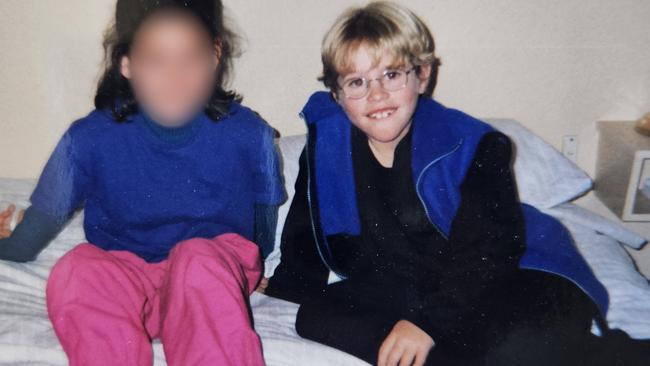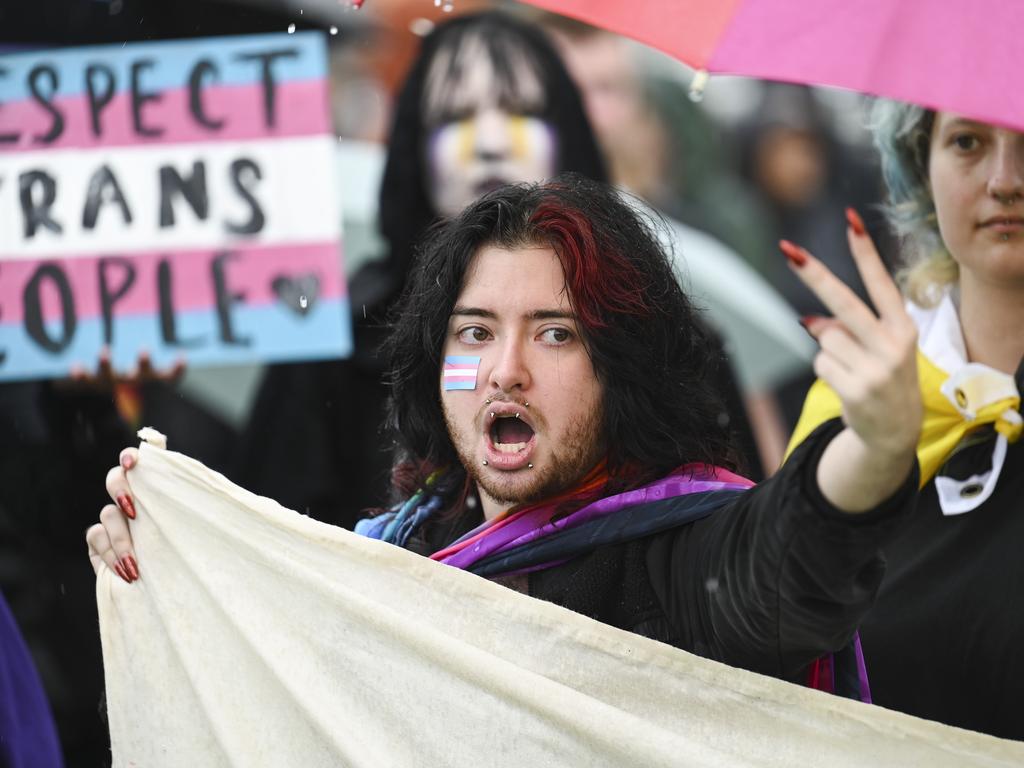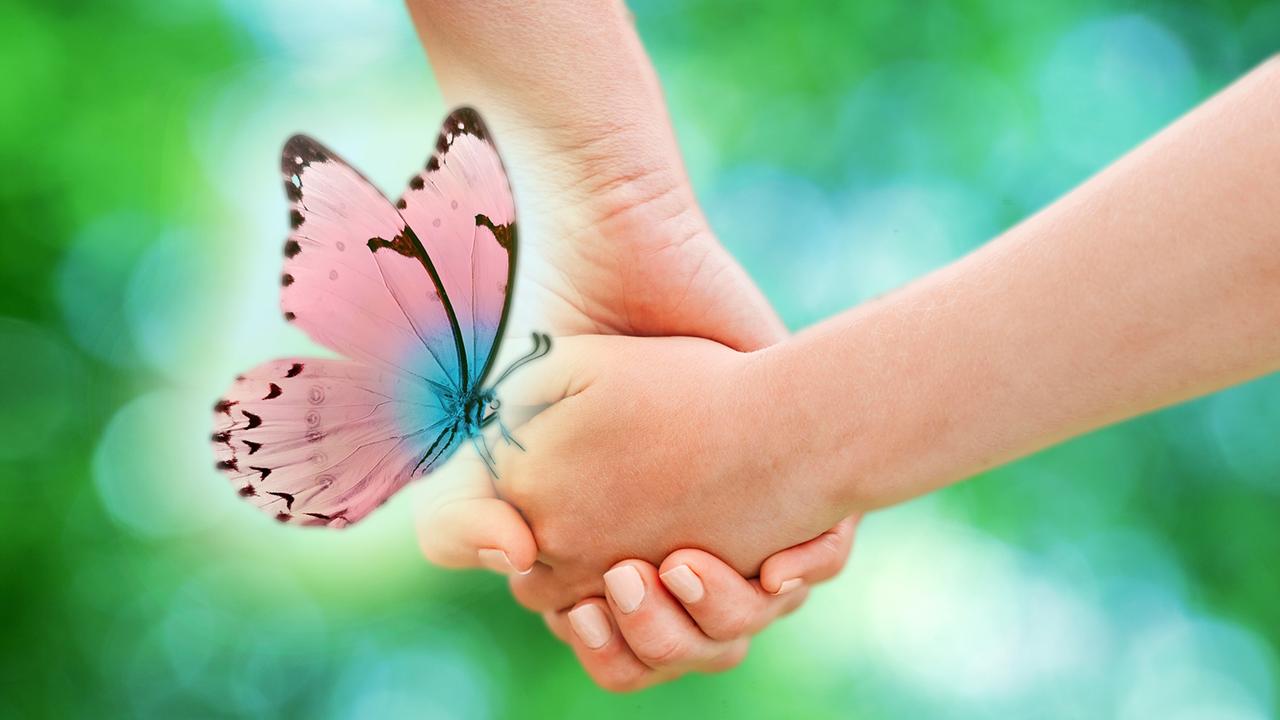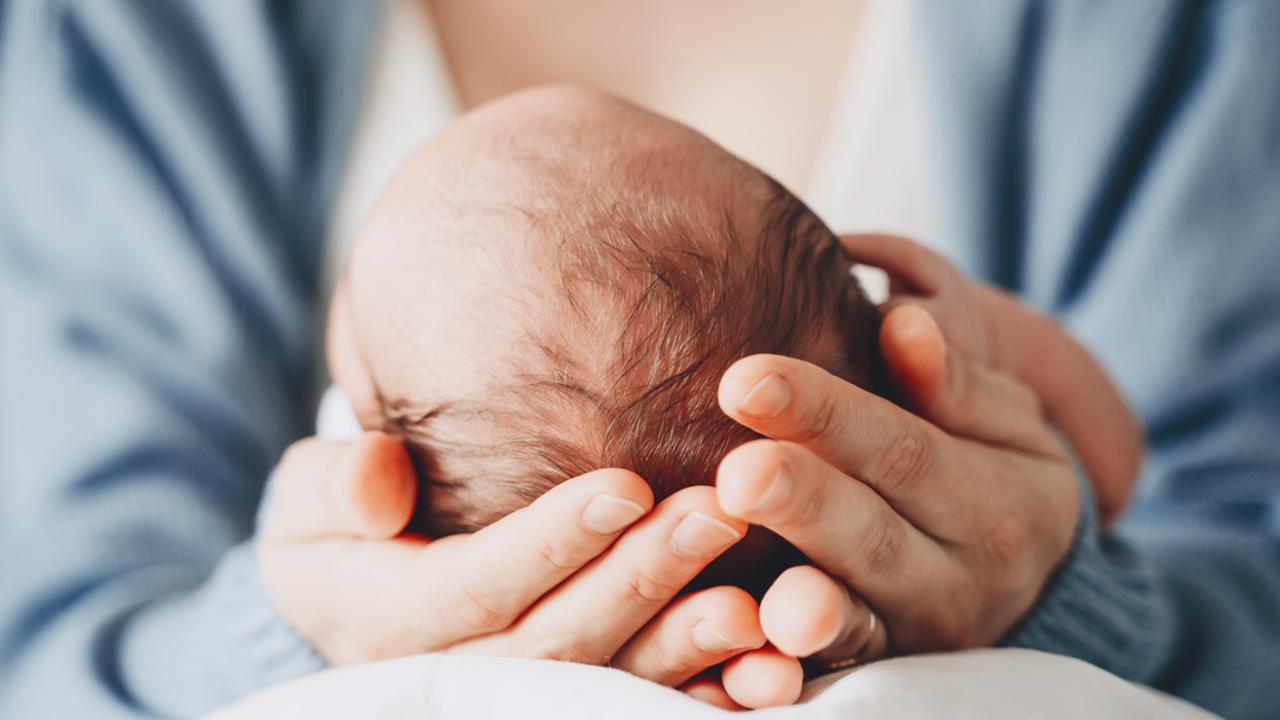
Today those comments could have landed me at an appointment with a psychiatrist. Instead, Mum took me to the hairdresser and I got a very short haircut like the boys. She let me wear pants to school that allowed me to play more freely. It’s probably more than many parents would have done, indulging a child’s feelings about gender, in 1997.
This went on for a few years. I wore my hat backwards, climbed trees, played soccer, tried to skateboard, insisted on pants and shorts. Strangers sometimes mistook me for a boy.
Back then we called it being a tomboy. I think it was experimental. It could have been that boys in the 1990s did seem to have more freedom or seemed more capable. I had the distinct feeling that to be a little girl was a kind of frailty or vulnerability. I felt clumsy and soft. The boys seemed so self-assured. I wanted to be strong.
I’m grateful Mum allowed me this freedom of self-expression without judgment. Everyone in my family accepted this phase unconditionally. If they were mildly bemused or found it off-putting, they didn’t let on.
Then puberty happened and sorted a few things out. With female sex hormones racing around my body and brain I began to feel like a girl. I grew taller and felt capable and strong in myself. Boys were interesting but I no longer wanted to be one – I had merged on to a different freeway.
A surge of sex hormones on par with the one we receive in utero that determines our biological sex isn’t experienced again until puberty, when it triggers the emergence of secondary sex characteristics. Before the second defining hormonal surge of adolescence, it’s no wonder many children experience a level of androgyny or simply don’t identify strongly with their biological sex. A child is only halfway through the process of becoming their biological sex.
Before long my tomboy phase was a distant memory. I’m reminded of it every now and again only when I see an old photo. The thing I find striking even now is how real the feeling of boyishness was to me. If Mum or the family doctor had offered me some pills to become a boy, I probably would have taken them. I would not have had the mental capacity at that age to understand the gravity of my decision. I could not have foreseen the joys in the life of the woman I would become.
The acceptance, support and small degree of autonomy in how we responded to my requests to “be a boy” were key. I felt strongly enough about it to tell my mum as well as altering my appearance and behaviours. It would have been terribly confusing if she had been dismissive or responded with anger, or if I had been ridiculed for having these feelings.
I’m not saying the distress of gender dysphoria isn’t real, but how we respond to different gender identities will be a determining factor in how much distress is experienced. If parents and wider society are less rigid about what behaviours are associated with a certain biological sex, less concerned about how the child’s behaviours reflect on them as a parent, the child may have less reason to feel distressed. It seems many of us are more comfortable with changing a child’s biological gender than seeing a girl acting like a boy.

I’m still not ultra-feminine. I often find the world of women just slightly out of reach; I remain on the outer edge, but that’s just who I am. I’m glad that as a seven-year-old I wasn’t medicated to make my biological reality align with whatever inner experience I was having. I’m glad my experience wasn’t pathologised and I was allowed to grow into myself. I was supported to accept my body and to understand that “being a girl” fit no singular definition. Being a girl was not the weakness I thought it was.
This skill of self-acceptance has been my secret weapon against advertising and cultural norms that constantly cultivate feelings of inadequacy, mainly in women.
Pathologising a child’s gender identity when it does not match their biological sex seems counter-productive and harmful to prevailing efforts to dismantle gender stereotypes. Clear feminine or masculine identities that match the biological sex may be reassuring for some parents, but this isn’t the reality of humans as individual beings. Women and girls can be masculine in many ways, just as men and boys can have femininities. Invasive treatments to augment our biology reinforce rigid gender stereotypes rather than promoting acceptance of individuals and gender fluidity.

Gender-affirming treatments are underpinned by the logic that if one behaves or acts in a certain way they must then become the biological sex more strongly associated with those behaviours. If gender is a socially constructed binary that does a poor job of reflecting the actual diversity of experience, why adhere to biological binaries through surgery? Increasing prevalence of hormone therapy and gender-affirming surgery could serve to make gender-diverse experiences more alienating and distressing when they do arise. It sends the message it’s OK to behave in masculine ways only if you’re a certified man.
Allowing children to go through puberty seems like an obvious first step in supporting them in exploring their gender identity.
An interim report released in February last year by the Independent Review of Gender Identity Services for Children and Young People, commissioned by Britain’s National Health Service, questioned whether puberty blockers could lock in an experimental gender identity that otherwise might resolve with the normal onset of puberty. “The most difficult question is whether puberty blockers do indeed provide valuable time for children and young people to consider their options, or whether they effectively ‘lock in’ children and young people to a treatment pathway which culminates in progression to feminising/masculinising hormones by impeding the usual process of sexual orientation and gender identity development,” the report states.
The interim report has led to restrictions in Britain, where puberty blockers now can be prescribed only to children who participate in an ongoing research program.
Britain is recognising that children need freedom and support to explore themselves without judgment. A diagnosis at age seven could be vastly different for the same person at 17. It’s impossible to tell how many cases of gender dysphoria in children simply do not require a sex change. How do we justify that risk?

Once gender dysphoria is diagnosed as a psychological disorder by meeting the criteria laid out in the Diagnostic and Statistical Manual of Mental Disorders, gender-affirming treatments intensify. It’s interesting to note that in cases such as body dysmorphia or multiple personality disorder, the patient’s disordered reality is not affirmed. Health professionals acknowledge the multiple personalities but they don’t help the patient further entrench the realities of those personalities. The ultimate aim of treatment is to reduce the intrusiveness and frequency of the personality changes, which can be debilitating.
It would be nothing short of life threatening to affirm the reality of an anorexic, encouraging them in the belief they are overweight and enabling them to lose more weight. Health professionals who treat these conditions try to prevent patients from sinking deeper into their alternative reality where they are “fat” or “ugly”; they support them to dismantle it. They empathise with a patient and acknowledge their reality but they don’t affirm it.
Treatments for gender dysphoria are distinct from other disorders in the sense that they centre on helping the patient live out their reality. The effects of medications used to start gender transitioning are also much more poorly understood than those used to treat more common psychological disorders. There is a troubling dearth of longitudinal research in relation to the use of puberty blockers in delaying normal onset puberty.

The Centre for Addiction and Mental Health in Canada concedes: “Surprisingly, even though puberty blockers are widely used to help transgender adolescents go through gender transition, their impact on brain function during this critical stage of brain development is largely unknown.” We simply don’t know what some of the long-term implications are. In the short term, however, solid evidence is emerging that shows puberty blockers can cause dangerous bone density loss and irreversible brain changes.
Puberty blockers have yet to gain regulatory approval for use in gender transitioning in Australia, with approved uses including as a cancer treatment and in delaying early onset puberty.
Since the use of puberty blockers for helping children change their biological sex is an off-label use, there is far less accountability or regulation of dosages, age restrictions, timing and supplements to counteract side effects. It’s hard for parents to get a clear sense of the risks involved in the use of this medication when organisations such as the Royal Children’s Hospital, Melbourne and the Raising Children Network continue to advise parents that the effects of puberty blockers are reversible.
The Raising Children Network does, however, identify the difficulty of distinguishing between gender dysphoria and normal experimentation with gender expression.
“Not all gender-diverse children have gender dysphoria,” the website reads. “Some children are comfortable identifying as a gender that’s different from their assumed gender. And being gender diverse or experimenting with gender expression isn’t a problem unless your child seems upset or distressed about their gender.”
This goes to the core of the tension people feel around changing a child’s gender: how can we be certain they aren’t experimenting with different gender identities or that the distress isn’t caused by an underlying mental health issue?
Any inner struggle is isolating. Inclusion is crucial for supporting people in all their experiences. Supporting gender-diverse children and adults in their preferences or behaviours that don’t match the gender stereotype may place less pressure on them to undergo invasive treatment to fit a particular gender stereotype. In the same way that we once thought homosexuality was a mental illness, assisting children to get a sex change is just another way of pathologising gender nonconformity. Blocking puberty is a new age conversion therapy in the most literal sense.
Virginia Tapscott is a freelance writer based in regional NSW.








When I was about seven, I asked my mum if I could be a boy. “Why?” she asked with calm curiosity. I’m sure she was perplexed by this question and at least mildly concerned, but she didn’t let on. I said I just felt more like a boy. That boys were cool and better. “Oh, I don’t know about that. Girls are pretty cool, too,” she said, smiling.